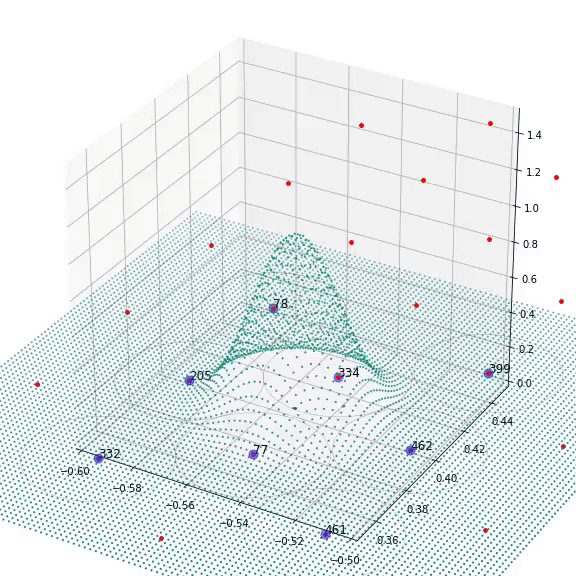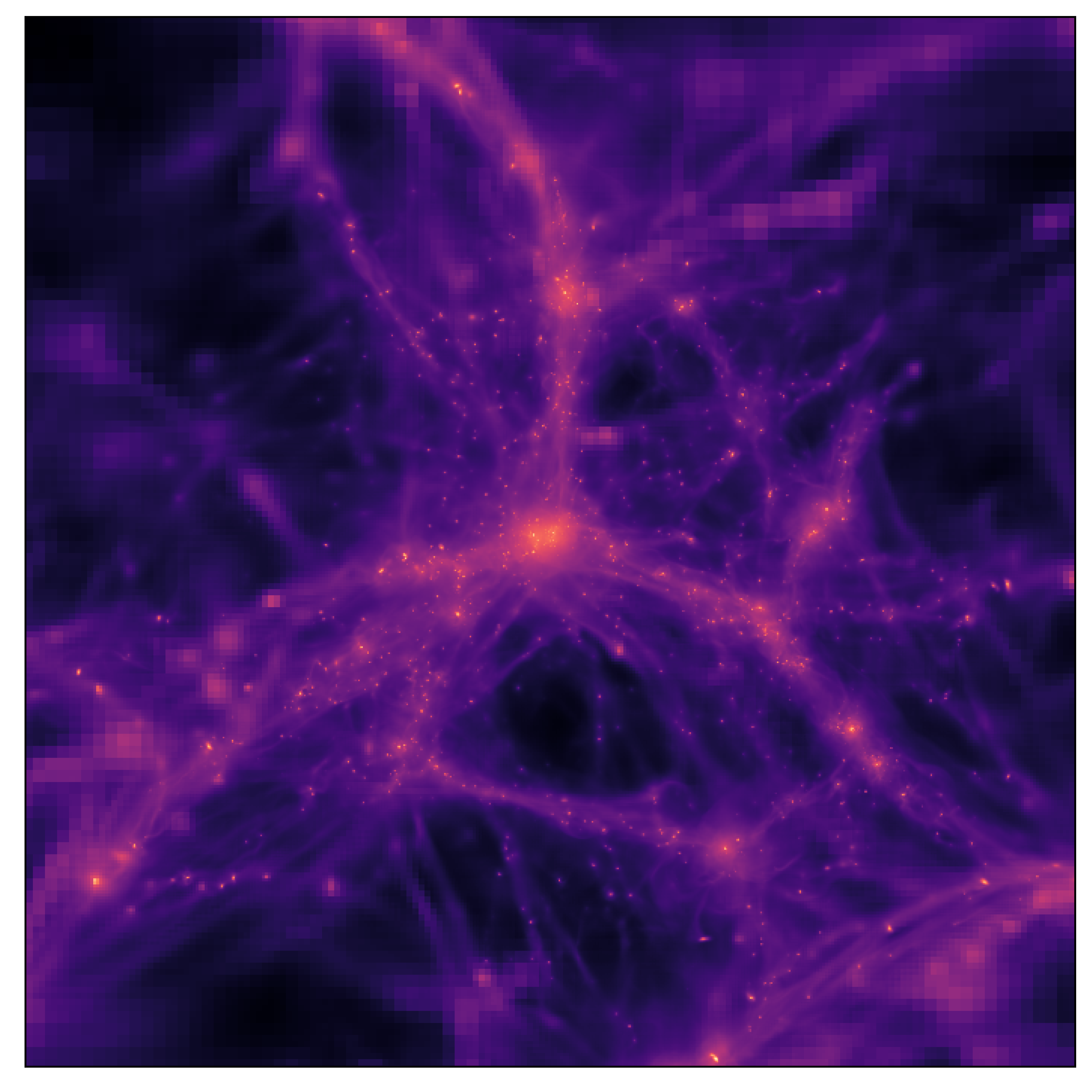Atacama Cosmology Telescope
Written on January 31st , 2022 by Janvi Madhani
Cover Image Credits: ACT Collaboration, Princeton, NJ
The Atacama Cosmology Telescope (ACT) is a microwave telescope located on the Cerro Toco region of the Atacama Desert in Chile. It studies the early universe by collecting the light that has been traveling since just a few hundred thousands years after the birth of the universe. By the time this radiation reaches us, with the expansion of the universe, this light has stretched to the microwave wavelength of the electromagnetic spectrum. We refer to this light as the cosmic microwave background (CMB), the most perfect blackbody spectrum to exist in nature. Since the light traveled to us from the earliest moments of the universe, it contains information about what the universe looked like then. Since it has been traveling for 13.7 billion years, it also contains valueable information about the galaxies it encountered along the way in the form of various signatures. Understanding both of these things however, requires pristine maps of the CMB. As an undergraduate at the University of Pittsburgh, I worked with Dr. Arthur Kosowsky and Yilun Guan for a few years working on data selection for ACT. At first, I was working on cleaning up bad data, but soon after, we found that many of these bad data could be potential candidates for a detection of a mysterious astrophysical phenomena, Fast Radio Bursts (FRBs). FRBs are a quick burst of light in the radio wavelength and characterizing their signal in the microwave wavelength could help us constrain their origin. I developed software to sort through bad data, glitches, to identify FRBs as well as developed a theoretical profile for what the energy dispersion of a FRB hitting the detectors would look like. The software pipeline I developed ended up being exceptional at characterizing cosmic ray interactions. Further investigation is necessary to narrow down the search for FRBs in ACT.
Featured animation is a theoretical
model of a FRB hitting the ACT detectors and the subsequent dispersion of photons.


